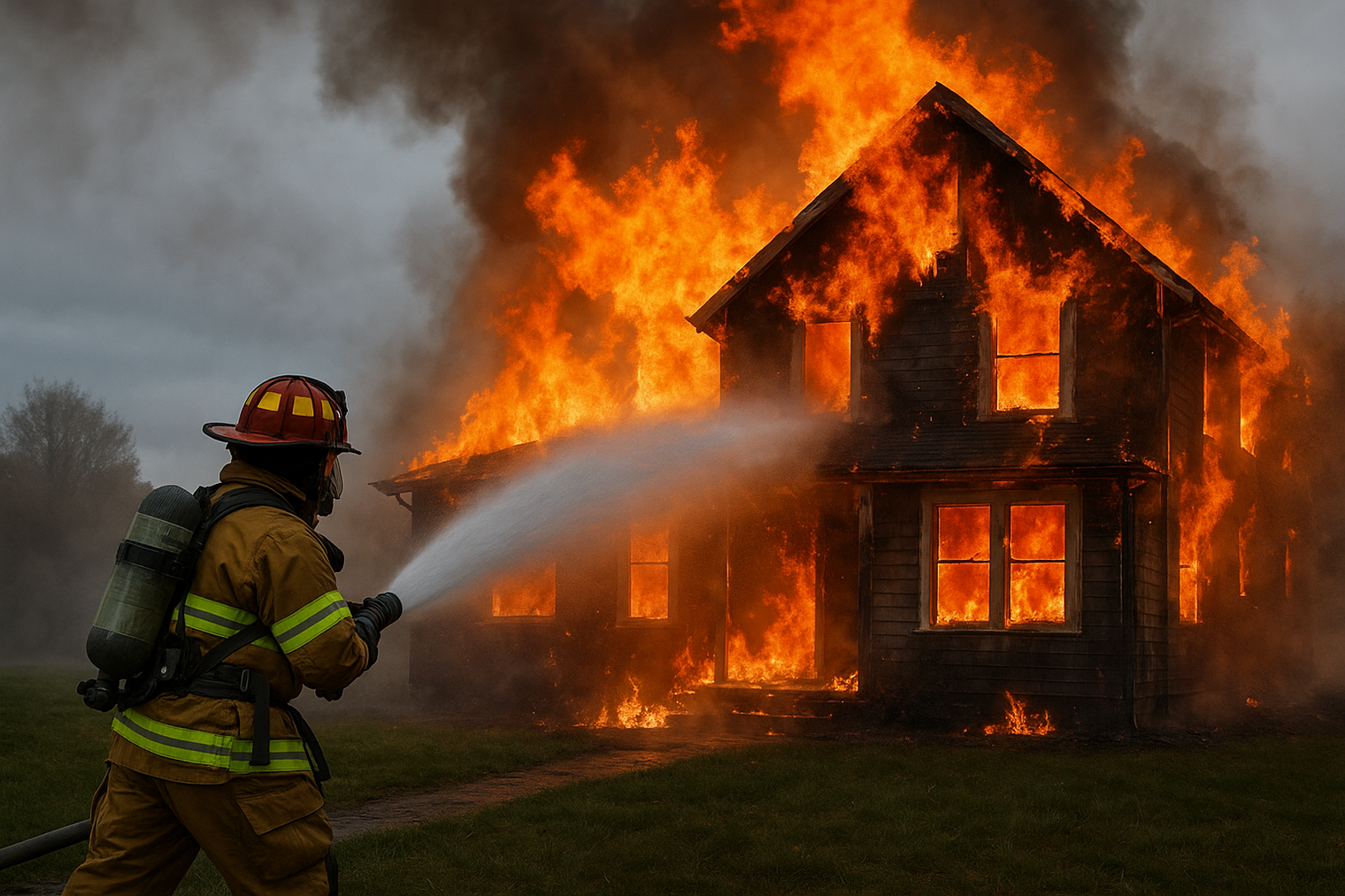When it comes to protecting important documents and digital backups from unexpected disasters, fireproof bags have become an essential tool for homes and offices. But how do fireproof bags actually protect your valuables from fire? Let’s break down their effectiveness, construction materials, and real-world performance so you can choose the best protection for your needs.
What Temperature Can Fireproof Bags Withstand?
Most quality fireproof bags on the market can withstand temperatures between 800°C and 1000°C (1472°F – 1832°F) for around 30 minutes. Some premium products claim to endure up to 1090°C (2000°F) for similar durations. These ratings often align with international fire protection standards, such as UL 72 or EN 1047-1, which test fire resistance by exposing samples to extreme heat and measuring the internal temperature.
For paper documents to remain safe, the interior temperature of the bag must stay below 350°F (177°C) since paper ignites at around 233°C. Therefore, a well-constructed fireproof bag ensures internal temperatures remain in the safe zone during standard house fires.
Can Fireproof Bags Protect Electronics and Data Storage Devices?
Yes, but with limitations. While most fireproof bags are designed to protect paper, safeguarding electronic storage devices like USB drives or hard disks requires stricter thermal protection. Magnetic media can be damaged at temperatures above 65–75°C. Some specialized fireproof bags are tested to UL 72 Class 125 standards, which ensure the internal temperature stays below 125°F (52°C), ideal for digital media.
Therefore, if you intend to store USB drives, external hard disks, or backup tapes, ensure the bag is rated for data protection, not just paper.
What Are Fireproof Bags Made Of?
The effectiveness of a fireproof bag comes from its multi-layered structure and advanced materials, each playing a specific role:
-
Fiberglass Fabric: This is the core material of most fireproof bags. Fiberglass is naturally flame-resistant and can tolerate sustained temperatures up to 550°C without burning or melting. It forms the main protective skeleton of the bag.
-
Silicone Coating: The outer fiberglass layer is usually coated with silicone. This coating makes the surface water-resistant, durable, and smoother to handle while adding extra heat resistance. During intense heat exposure, silicone forms a carbonized layer, which helps block further thermal transfer.
-
Aluminum Foil Layer: Many fireproof bags include an aluminum foil lining, which reflects radiant heat away from the interior and adds moisture protection. This reflective barrier significantly reduces the heat penetrating deeper into the bag.
-
Insulating Fillers (Ceramic Fiber Wool): High-end bags incorporate ceramic fiber insulation between layers. Ceramic fibers can withstand temperatures exceeding 1200°C and act as thermal barriers, preventing rapid heat transfer into the bag’s core.
-
Flame-Resistant Sewing Threads: Even the thread matters. Fireproof bags use Kevlar or fiberglass threads for stitching. Unlike conventional threads that melt under heat, these maintain their integrity, ensuring seams remain intact during a fire.
Structural Design and Manufacturing Principle
A reliable fireproof bag uses a multi-layer design:
-
Outer Layer: Silicone-coated fiberglass for direct flame resistance and water repellency.
-
Middle Layer: Insulating materials like ceramic fiber or additional fiberglass for heat blocking.
-
Inner Layer: Aluminum foil or soft fireproof lining to reflect heat and protect contents.
Additionally, closure design is crucial. Quality bags combine heat-resistant zippers with Velcro flaps to create a double seal, preventing hot gases and flames from entering. Poorly sealed openings significantly reduce fire protection effectiveness.
Key Takeaways: Do Fireproof Bags Really Work?
-
For paper documents: Fireproof bags are highly effective in short-duration fires, preventing ignition and major damage.
-
For electronics: Only specialized bags with Class 125 certification can keep temperatures low enough for magnetic storage devices to survive.
-
For overall safety: Look for multi-layer bags with certified testing, durable silicone-coated fiberglass, ceramic insulation, and reinforced flame-resistant stitching.
Final Thought: Fireproof bags provide critical first-line protection against fires, especially when combined with fireproof safes for extended disasters. Investing in a high-quality, well-designed fireproof bag ensures that your irreplaceable documents and data backups remain safe, even in the worst scenarios.

